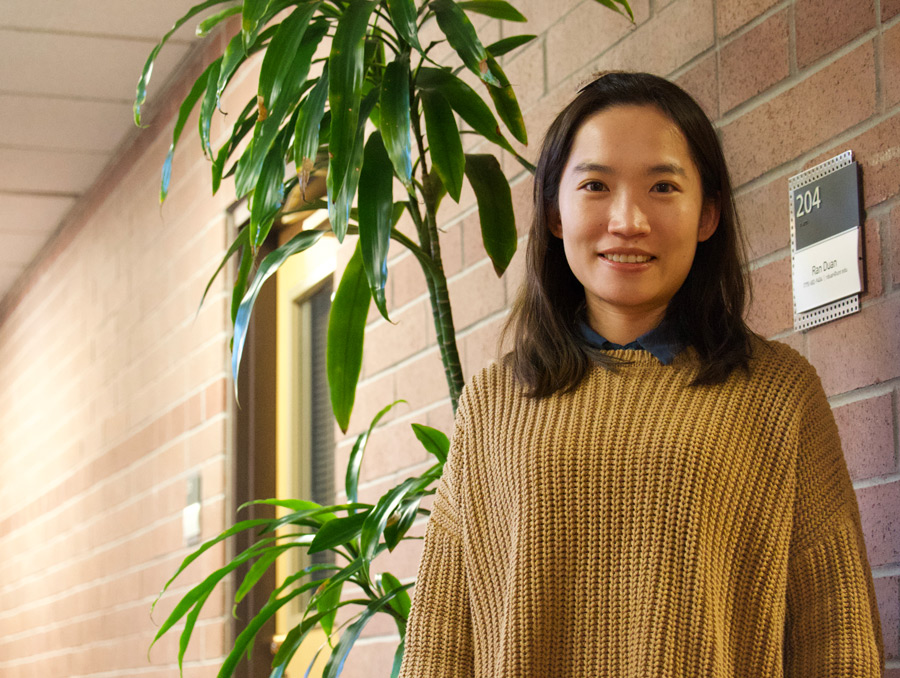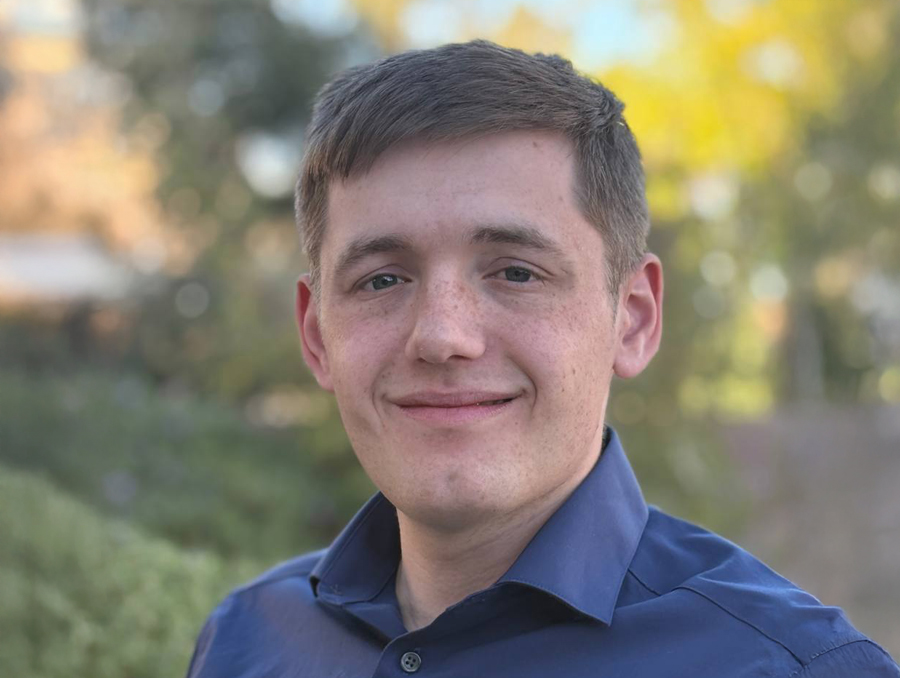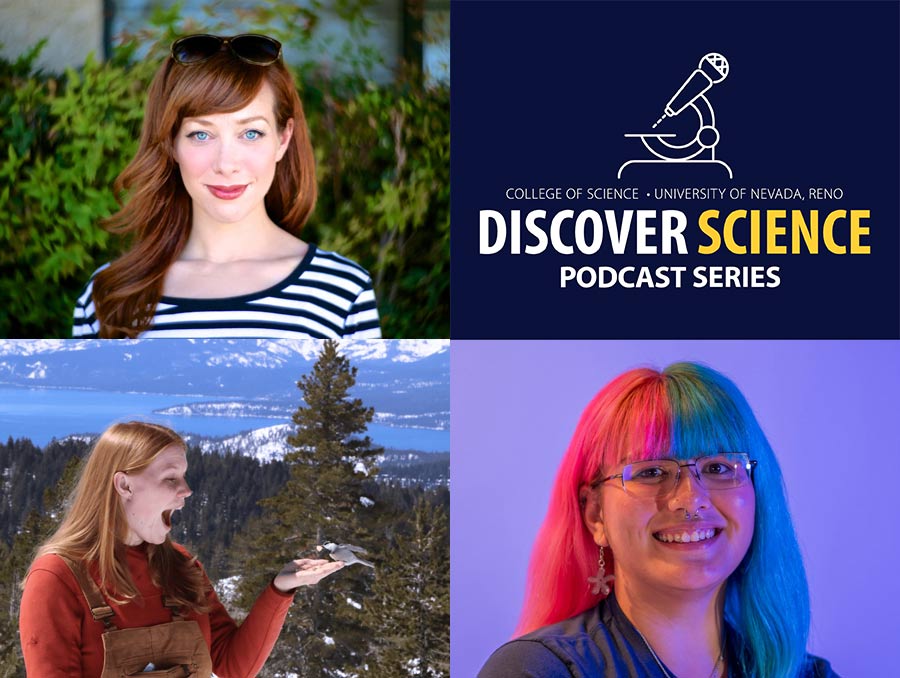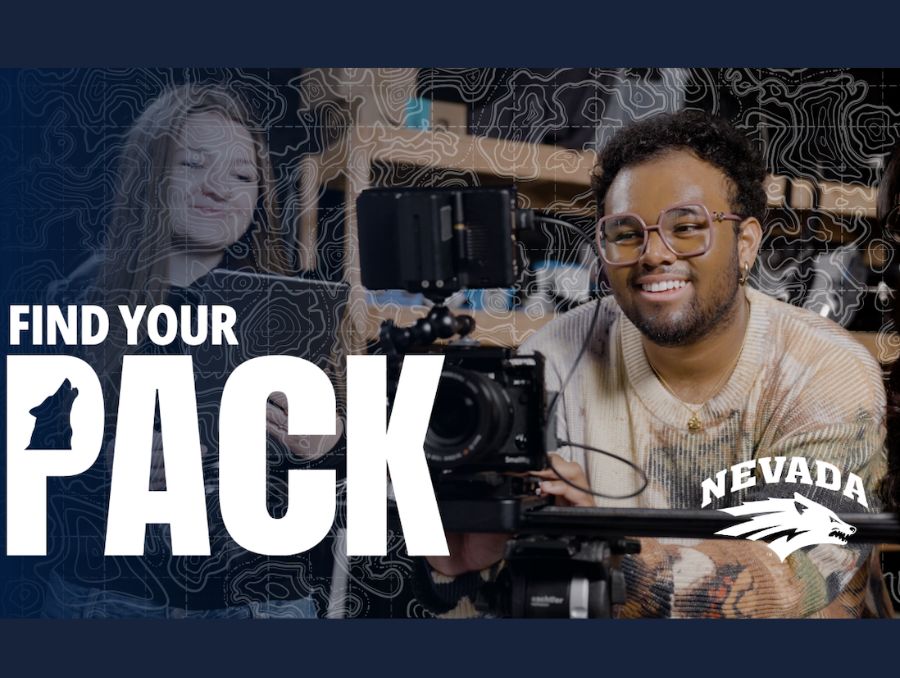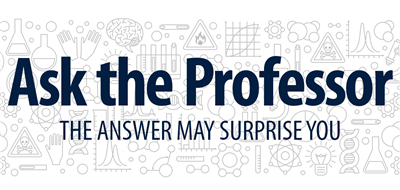
Often, scientists’ approach when conveying information to the public consists of simple and direct fact-dumping – an approach that doesn’t always work. This model of science communication, known as the “deficit model,” assumes that target audiences are empty vessels waiting to be filled with expert knowledge – but in reality, people’s opinions of science are more complicated than that. Their views can be heavily influenced by their feelings, life experiences, cultural beliefs and even by current events.
Ran Duan, Ph.D., is a researcher with the Hitchcock Project and an Assistant Professor of Environmental Communication in the University's Reynolds School of Journalism. She studies cognitive, affective and sociopsychological factors that relate to the public’s absorption of science news. Hitchcock Project reporter Hannah Truby recently spoke with Duan to learn more about her research in science communication, and the many factors that impact the way people feel, think and behave when faced with different scientific issues.
Q: Can you tell us about what you study?
A: I study media coverage and public perception of environmental, health and risk issues, and the implications of these areas for journalism and public policy. Recently, I have been studying public awareness about the intersection of climate change and public health, public understanding of the health consequences of environmental issues such as wildfire smoke exposure.
Q: In your research, what factors influence people’s perceptions or feelings when it comes to science in the news, especially when it comes to things like COVID and climate change?
A: I study the finite pool of worry in the context of COVID and climate change, which is the theory that says when you have another immediate risk such as COVID, usually you care less about an older risk like climate change. There are situational factors such as fear and cognitive biases when it comes to things like COVID and climate change, all of which can help generalize the perceptions of one risk to another.
Q: That’s interesting. Are people generally more influenced by fear only when they perceive that they themselves might be at risk of something?
A: Yes. Perceived vulnerability to the risk is different from perceived severity of the risk. For example, in the case of COVID-climate change intersection, when people perceive a higher vulnerability to COVID, they will perceive less risk for climate change. But in terms of severity, because a pandemic is disruptive and influences every sector of society, when people perceive COVID as a severe issue and feel the fear, they will perceive higher risk for climate change. So, higher severity perception of COVID can generate fear, leading to greater climate change concern. In terms of cognition, an opposite negative relationship was found between vulnerability perception of COVID and climate change concern, which is interesting.
Q: Other than perceived risk, what other factors influence people’s feelings or behaviors about topics like these?
A: I recently looked at how people cope with wildfire smoke exposure, and if they take actions or not based on their perceived vulnerability and severity of the risk. And with this, psychological proximity determines their actions. People who feel like they are more vulnerable will take action, but even if they think wildfire is a severe threat and is impactful but feel they are personally not that vulnerable, they still don’t take action to mitigate wildfire smoke exposure.
Interestingly, we assumed that if people have higher self-efficacy, a confidence in one’s ability to mitigate the risk, they would act more, but in my research, an enhanced and excessive level of self-efficacy may cause an “overconfidence effect,” and embolden behaviors that are not aligned with the recommended wildfire smoke adaptive behaviors.
Q: What else are you currently researching?
A: I also study the uses and effects of animated versus live-action video in science communication. I collaborated with journalism professors Kari Barber and Laura Crosswell and we tracked people’s attention as they looked at different science topics, and we found that animated videos worked better to convey a more complex issue such as fracking. This was the case for climate change among those who are concerned about climate. But for people who might not be very invested in climate change, we saw that they preferred more straightforward, live-action videos.
Q: Media has encompassed some majorly polarizing issues in the last few years, especially for science. What might help science communicators in discussing these types of topics in the future?
A: When you attach human interest to the topic that resonates with the community, you will gain more public engagement. For example, climate change is an environmental issue, science issue and sometimes a political issue. With the rise of immersive media, talking about climate change in a narrative style through a public health perspective is something promising for the future.
This story was orignally published on The Hitchcock Project for Visualizing Science, within the Reynolds School of Journalism.
